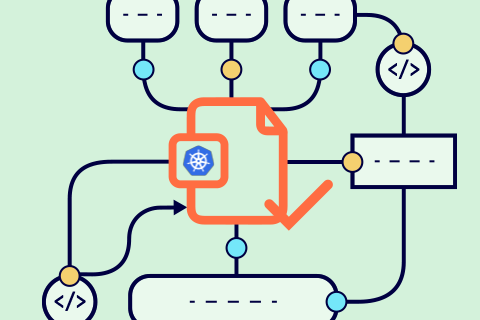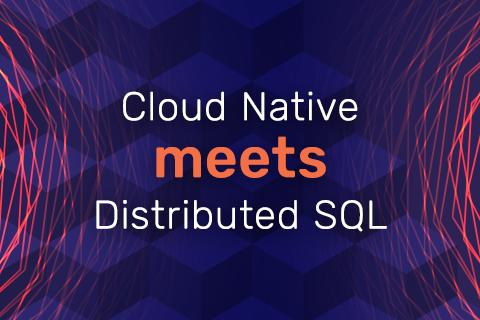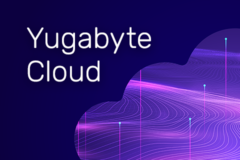Automating YugabyteDB Deployments with Google Cloud Deployment Manager
This is the second post in the Getting Started with YugabyteDB on Public Cloud series. In our first post, we covered Automating YugabyteDB Deployments with AWS CloudFormation templates. In this post we will show you how to achieve the same with Cloud Deployment Manager templates when using Google Cloud.
For redundancy across multiple fault domains inside a single region, Google Cloud uses the concept of zones,
…









